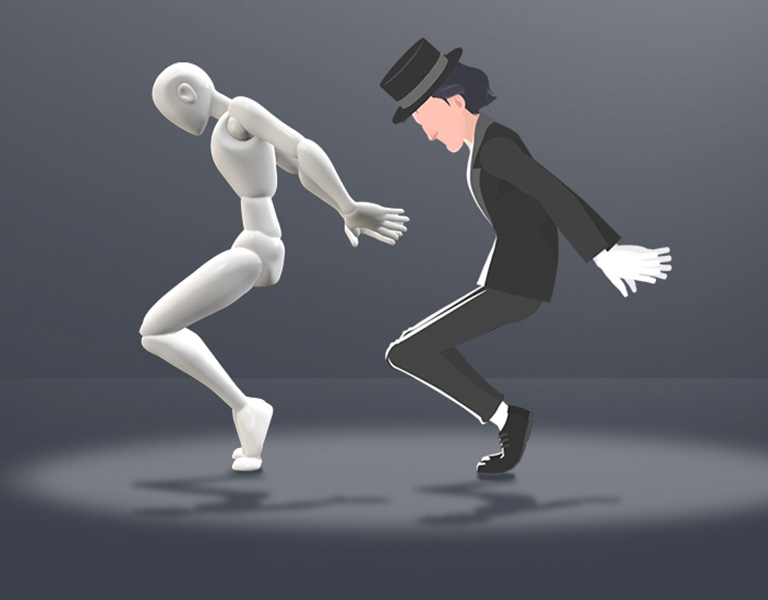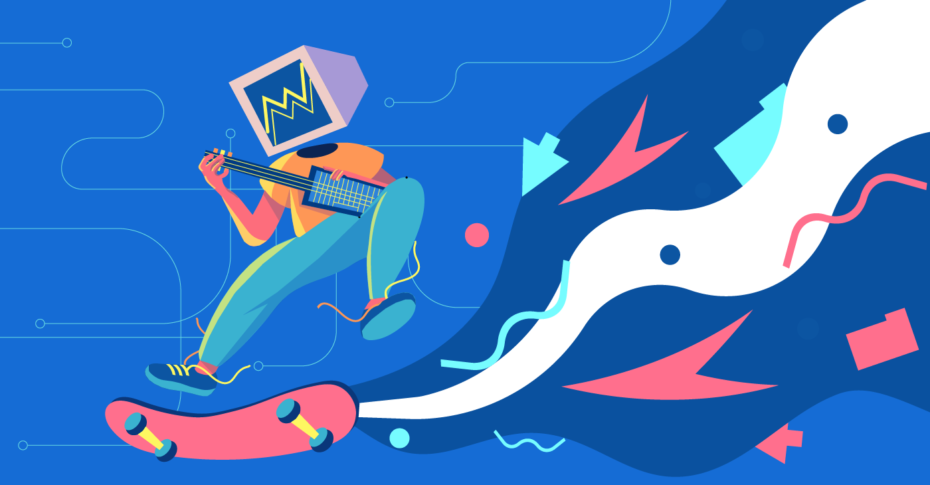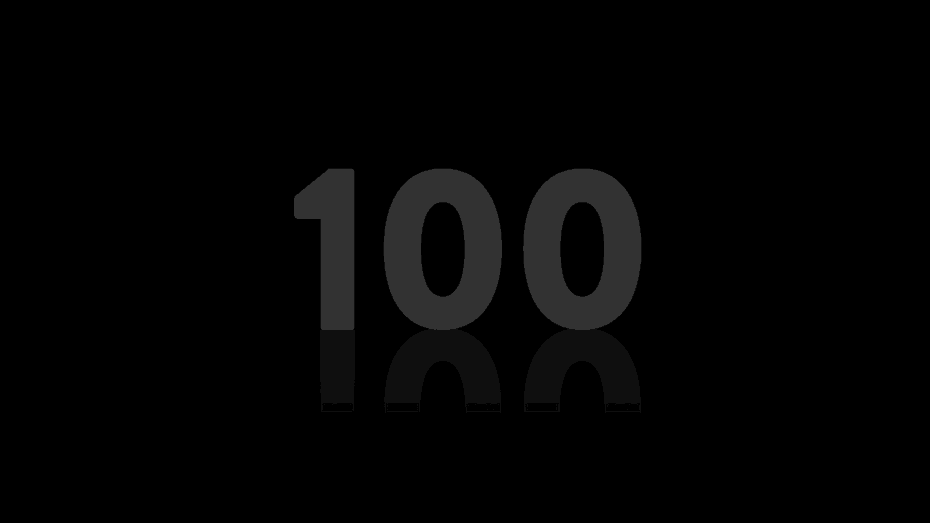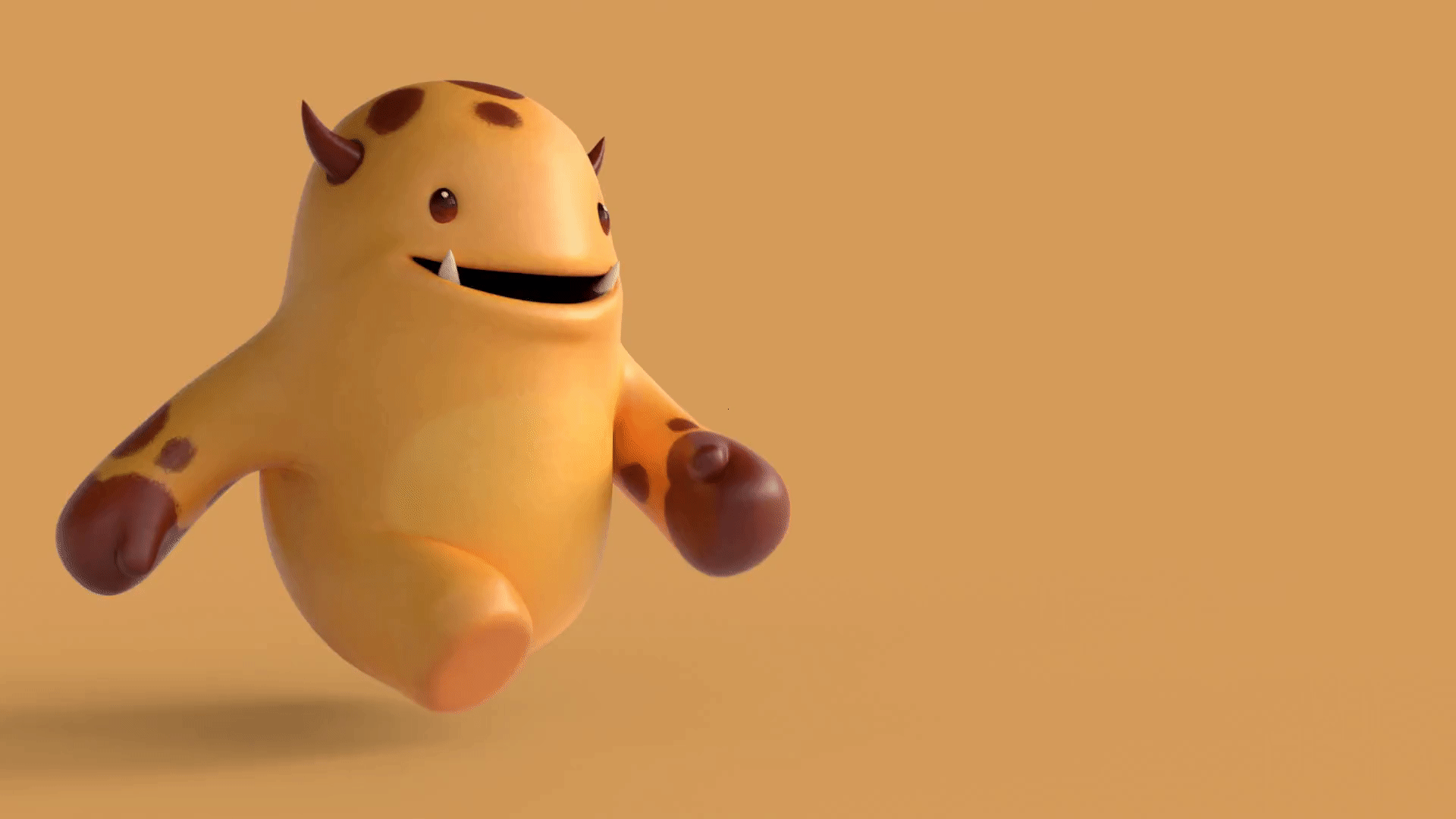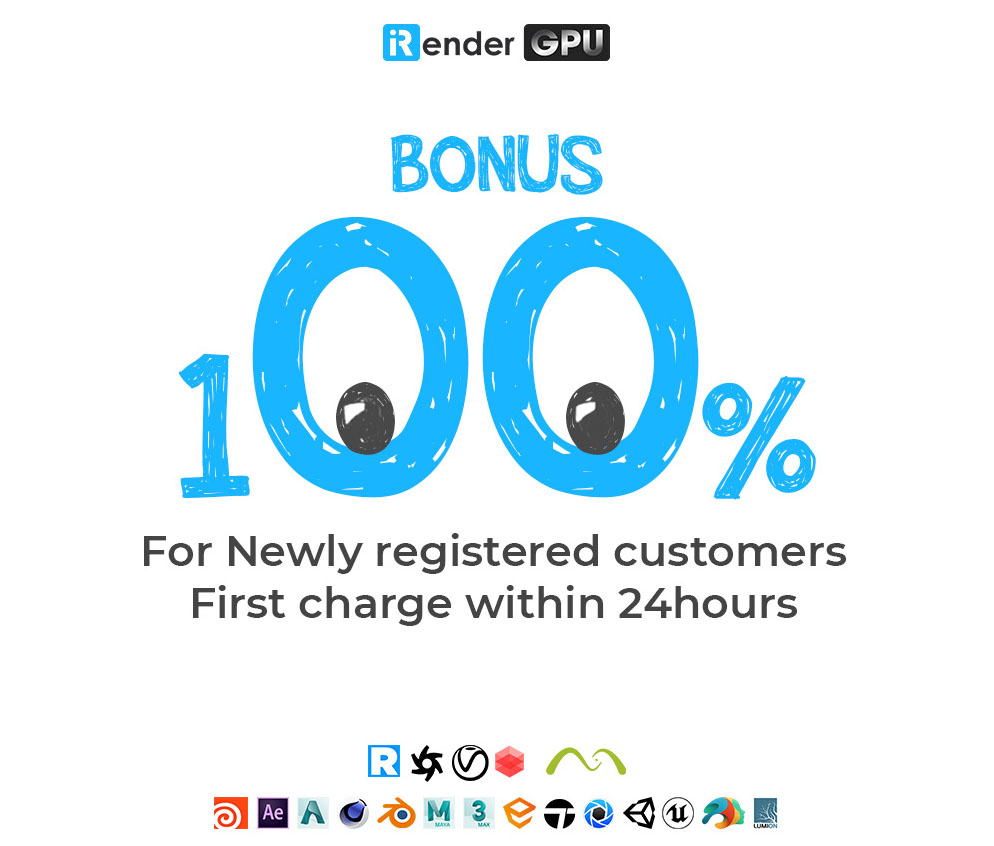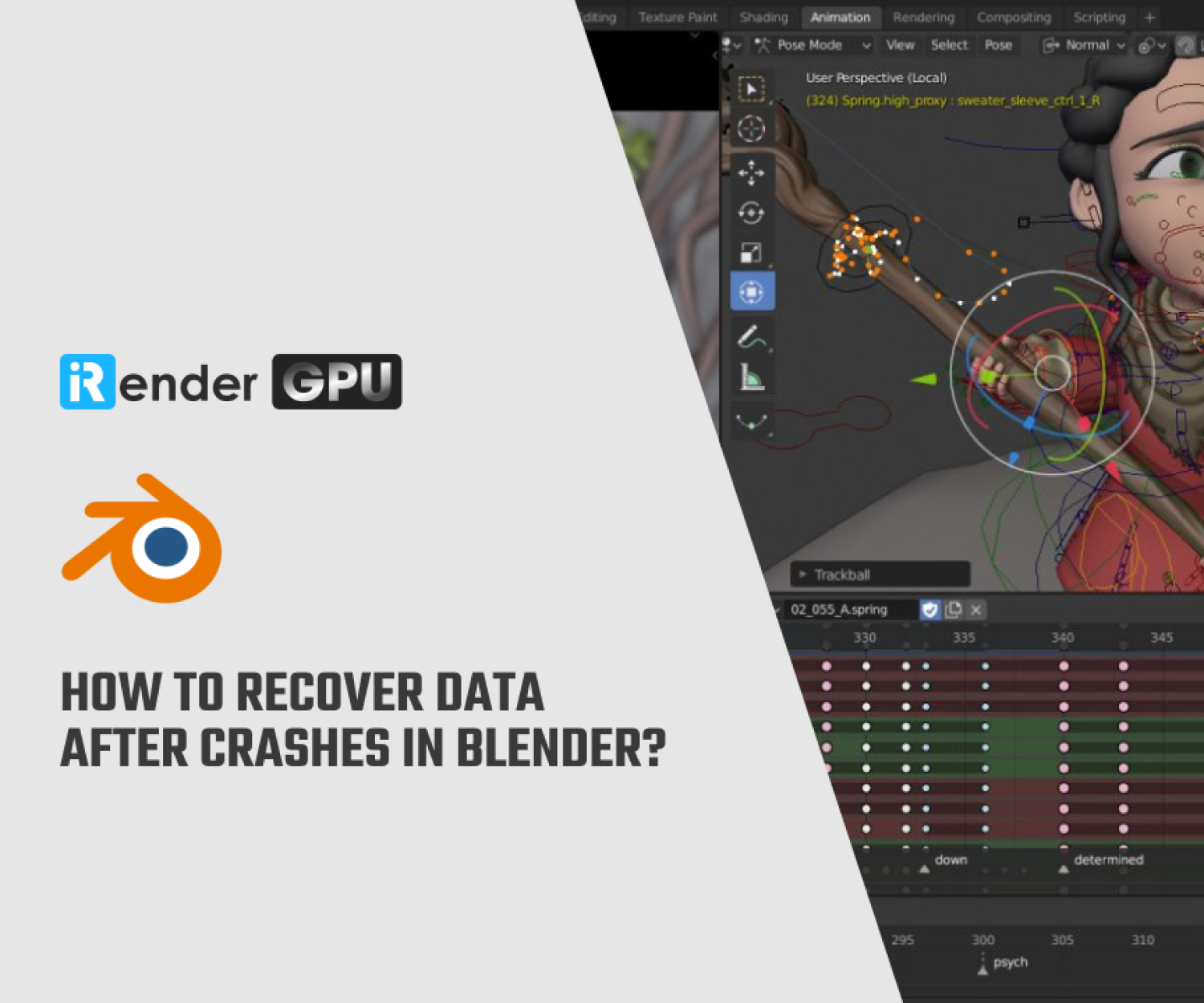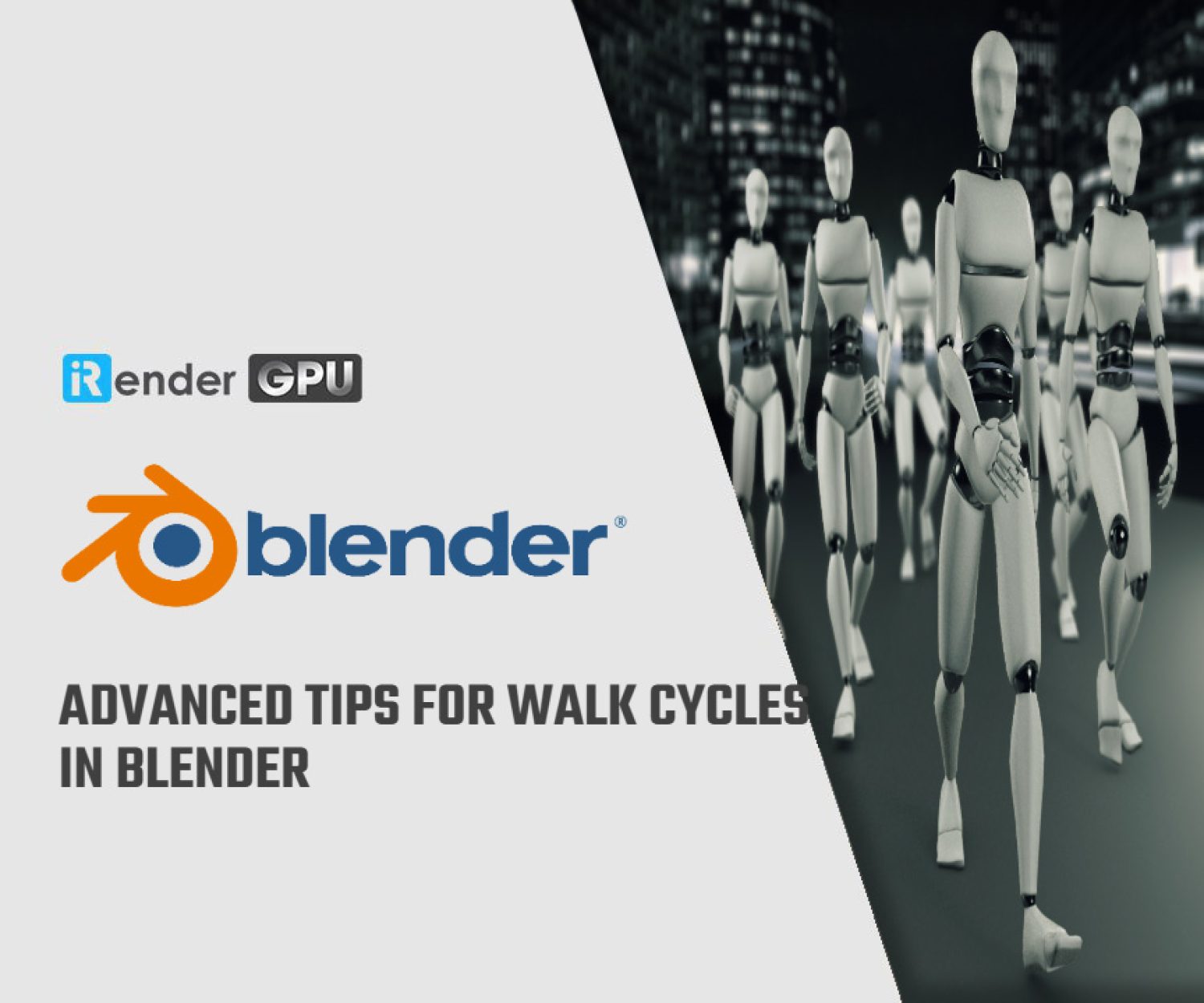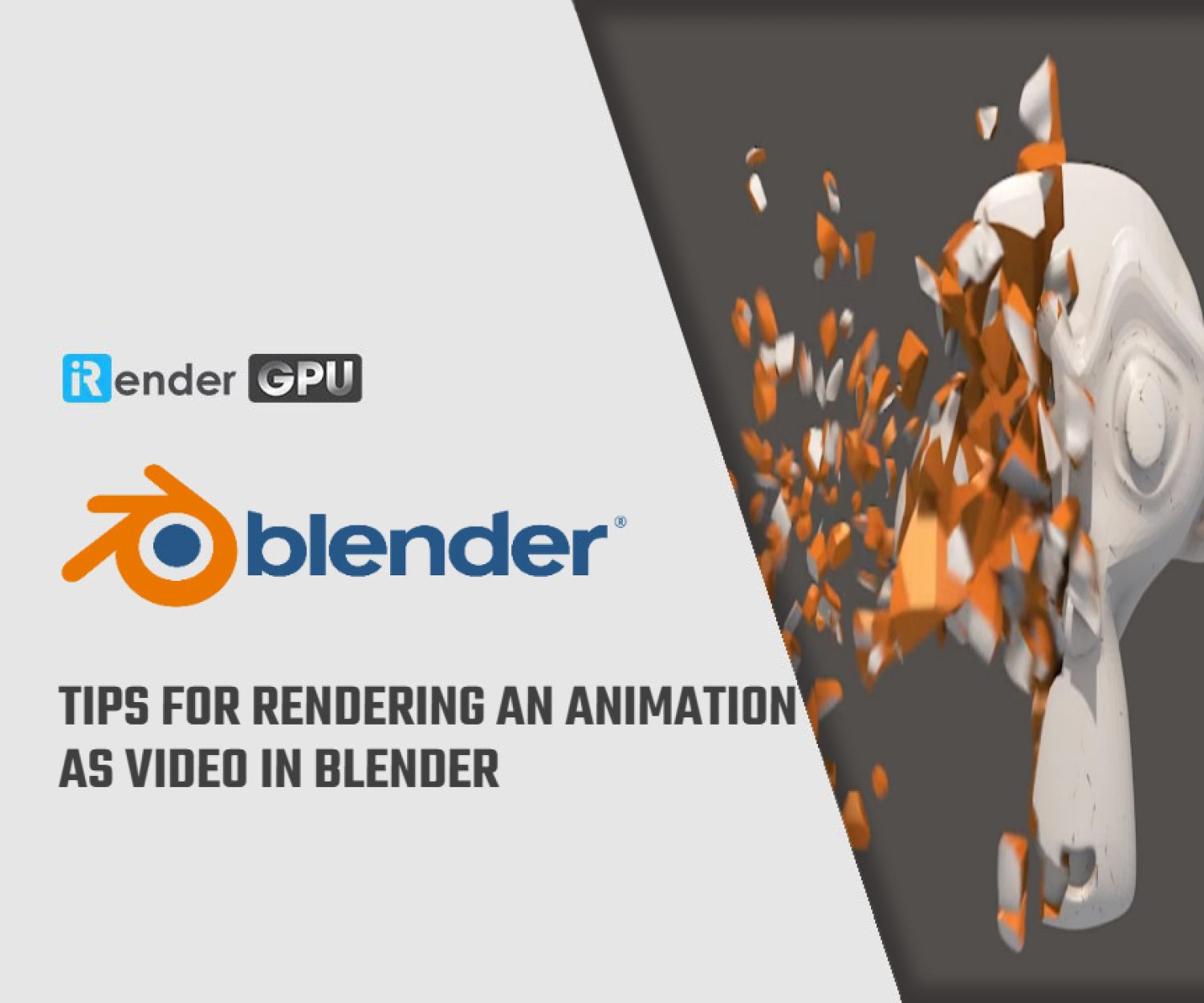Animation and Motion Graphics: What’s the difference?
In the dynamic world of visual storytelling, animation and motion graphics often blur the lines between art and technology. This blog explores each’s unique roles and techniques, helping you appreciate their distinct contributions to the creative industry.
What is Animation?
Animation refers to the technique of creating the illusion of movement by displaying a series of individual frames or images in rapid succession. This can involve:
-
-
- 2D Animation: Hand-drawn or digital art that creates movement.
- 3D Animation: Computer-generated images that provide a three-dimensional perspective.
- Stop Motion: Physical objects are moved in small increments between photographed frames.
-
What is Motion Graphics?
Motion graphics involve the use of digital footage or animation to create the illusion of motion, often combined with audio for multimedia projects. Unlike traditional animation, motion graphics typically focus on the movement of graphic elements and text rather than storytelling and character development. They’re commonly used in:
-
-
- Explainer Videos: Breaking down complex information.
- Title Sequences: Movie or TV show intros.
- UI Animations: Enhancing the user experience on apps and websites.
-
A comparison between Animation and Motion Graphics
Similarities
Animation and Motion Graphics are two different genres, but they have one undeniable thing in common: they both originate from the art of visual communication. Both Animation and Motion Graphics require the performer to create movements for characters or objects.
Differences
The easiest way to see the difference between Animation and Motion Graphics is in the content – the story they convey (storytelling).
Animation (in the sense of “character animation”) is a method of storytelling through images, including characters, actions, endings, and a message that the story conveys. That storytelling method can be applied in the form of short films, or even a 2-hour long film like Pixar’s theatrical films.
Meanwhile, Motion Graphics is meant to create life and movement for inanimate things, such as shapes, objects, or words. The purpose of Motion Graphics is to create visual effects, to illustrate dry, difficult-to-understand content when explained only in words (for example, the process of manufacturing goods).
Let’s see other characteristics of each type in the table below:
| Characteristics | Animation | Motion Graphics |
| Purpose | Primarily used for storytelling. It creates narratives and brings characters to life. | Primarily used for conveying information or creating engaging visuals. It’s often more abstract than animation. |
| Complexity | Often involves creating characters, environments, and complex storylines. | Usually simpler than animation, focusing more on design and movement than narrative. |
| Production Time | More time-consuming | Less time-consuming |
| Cost | Cost-prohibitive | Reasonable |
| Techniques | Can include traditional 2D animation, 3D animation, stop motion, and more. | Often involves graphic design elements, typography, shapes, and digital effects. |
| Mediums | Common in TV shows, movies, and video games. | Common in advertising, title sequences, explainer videos, and UI animations. |
| Elements | Focuses on detailed movements, character development, and narrative arcs. | Emphasizes design principles, visual effects, and graphical elements |
Which one is for you?
Motion graphics are best for outlining or emphasizing facts and illustrating a point you’re trying to make. Motion graphics are used when there’s no need for narrative or storytelling.
Motion graphic videos can break down your complex services or products and present them in a memorable way. Remember, motion graphics are at their core visual aids, so they excel at teaching hard-to-understand ideas through visuals.
If you are looking for a production unit to craft an emotionally rich story, Animation is the perfect choice. For example, a warm, heartfelt tale that touches the audience’s hearts, showcasing how your product (or service) has transformed your customers’ lives.
In Animation, characters and content are the core elements for conveying the message. With the emphasis on emotional climax – an indispensable component of storytelling – Animation brings the “magic” of genuinely connecting with viewers’ emotions.
iRender - The best cloud rendering service for your project
Animation and Motion Graphics are usually created by software like After Effects, Animate, Blender… and rendering is an important step that cannot be missed. A remote rendering service that can solve your resource problems easily is iRender.
iRender provides high-configuration servers that increase CPU and GPU rendering speeds. We offer the most powerful RTX 4090 configuration packages on the market, all equipped with AMD RyzenTM ThreadripperTM PRO 3955WX @ 3.9 – 4.2GHz and AMD Ryzen™ Threadripper™ PRO 5975WX @ 3.6 – 4.5GHz processors, 256GB RAM and 2T NVMe SSD hard drive capacity. With a wide range of GPU servers (1/2/4/6/8x) – RTX 4090, you can choose the server that suits your needs to start the rendering process.
Let’s see some test we made on our servers:
Currently, iRender offers a special promotion for new users, a 100% bonus program for the first deposit within 24 hours of registration, making it an attractive option for those looking to optimize their rendering budget. Just register and get our best deal!
For more detailed information, please contact us via Live chat 24/7 or WhatsApp: +(84)915875500 or Email: [email protected]
iRender – Happy rendering!
Related Posts
The latest creative news from blender Cloud Rendering

